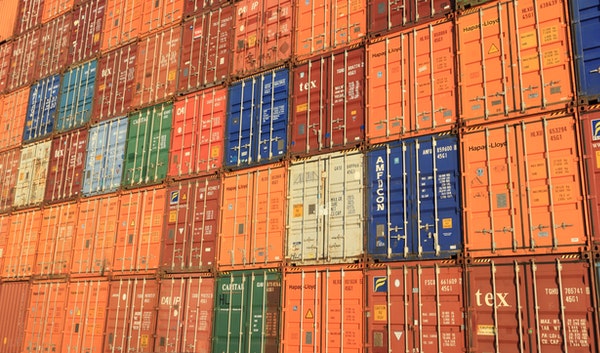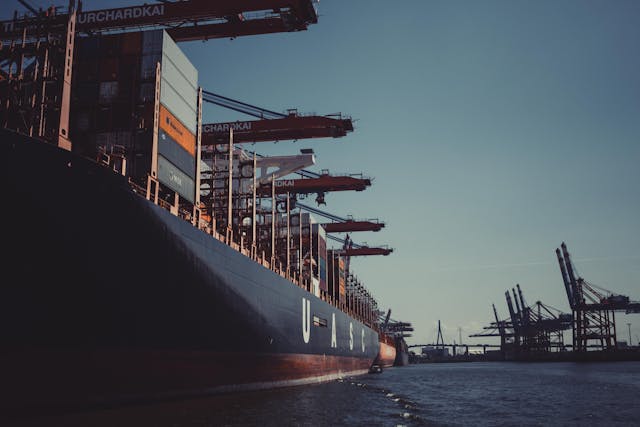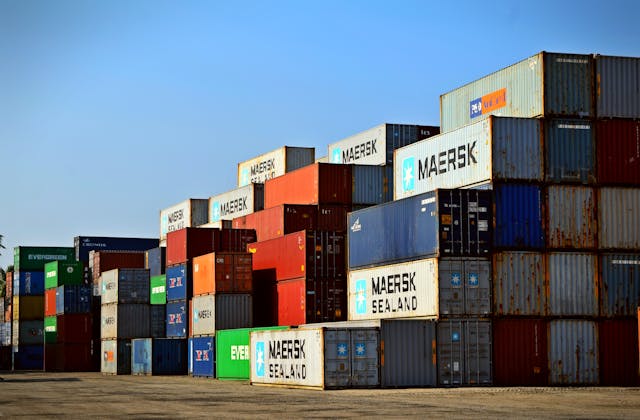The logistics industry is one of the Philippines’ most essential: with 7,107 islands in the archipelago, transporting goods and services is an important part of daily life. The industry makes up 4% of the country’s total GDP, and was valued at a whopping USD 13 billion in 2019. Increasing commercial activity and flourishing international trade make this sector very attractive for investments and development, especially in the digital space.
According to the white paper Digitalization in the Philippine Logistics Industry by YCP Solidiance and the Supply Chain and Management Association of the Philippines (SCMAP), investing in digital technology is crucial for the logistics sector’s growth. The rise of e-commerce—as well as new consumer requirements for transparency and speed—demands for more efficient and connected logistics that the Philippines’ traditional players currently do not offer.
Why embrace digitalization?
Traditional logistics players are still dominant within the sector, but the shift to a “new normal” because of COVID-19 and Filipinos’ growing acceptance of digital technology has put e-commerce at the forefront. In 2018, e-commerce revenue in the Philippines amounted to USD 840 million and is expected to grow even more in the coming years. The country’s biggest e-commerce players, Lazada and Shopee, receive an combined 39 million visits each month as more Filipinos see the need for digital-based goods and services.
Although e-commerce has changed the landscape of shopping, it also brings with it new and complex logistical challenges. For example, consumers now expect full transparency and efficiency in almost every step of the logistical journey (such as order tracking), which is only possible through digitally powered means. In fact, 70% of the country’s retailers cite delivery speed as their primary logistics challenge.
While newer players like Lalamove and Ninja Van are aiming to fill in the gaps in the traditional logistics process—there is a need for the entire sector, even for the more traditional players, to embrace digitalization.
Mapping out a digital strategy
Digitalization presents tremendous opportunities for different players and organizations to resolve long-standing operations issues and improve efficiency through three key steps:
- Procure: Hire digital experts and avail of the necessary software and hardware for your specific needs. This path is ideal for both government agencies with funding and private companies who want to maintain their independence in overall management and operations.
- Partner: Companies may also acquire logistics capabilities through investments and partnerships with other players that have the means to swiftly digitalize processes.
- Participate: For players without the capability to procure or acquire their own digital services, utilizing already existing third-party digital platforms and integrating their native processes and services may be the best solution.
Long-term growth
With the shift to a “new normal” and the swift growth of industrial and commercial ventures, the digitalization of the logistics industry needs to materialize quickly. Digital solutions present the most economical and effective answer to bottlenecks and long-standing manual inefficiencies.
They key approach to ensuring proper assimilation to digital technology is to map out the logistics company’s specific objectives and find the right path to becoming digitally-powered. To learn more about these key strategies in-depth and to get a deeper overview into the Philippine logistics industry, download our full report here.







